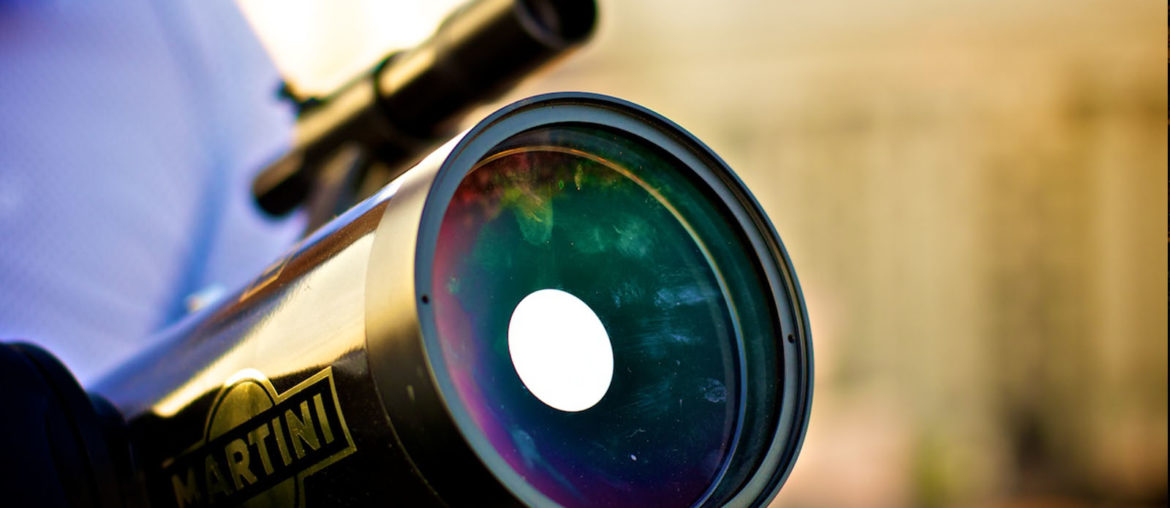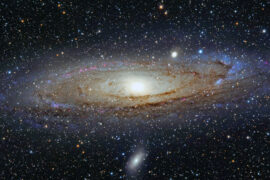When you are just getting started with astronomy and you are thinking about getting your first telescope you will hear a lot about aperture. You will hear that it is a telescope’s most important specification or that it is the only number that matters when you are shopping for one, but what everyone misses is explaining why it is so critical in a helpful, easy to understand way.
Maybe you are an intermediate or advanced stargazer but you never really bothered to understand what aperture does. You will also get something out of this guide as understanding how your equipment works will help you get better, especially if you are into astrophotography because if you are able to play with the setting you will be able to take much better shots.
What is aperture?
At its core, the concept of aperture is very simple. If you have ever had the chance to use a professional DSLR camera you may already have a basic idea of how it works, but if you haven’t, we’ll explain. In photography, the aperture is the diameter of the lens or mirror that is letting the light come in. The larger the aperture, the more light and more information that can be captured.
This same concept applies to every optics instrument out there, including your own eyes which have a maximum aperture of 7 millimeters.
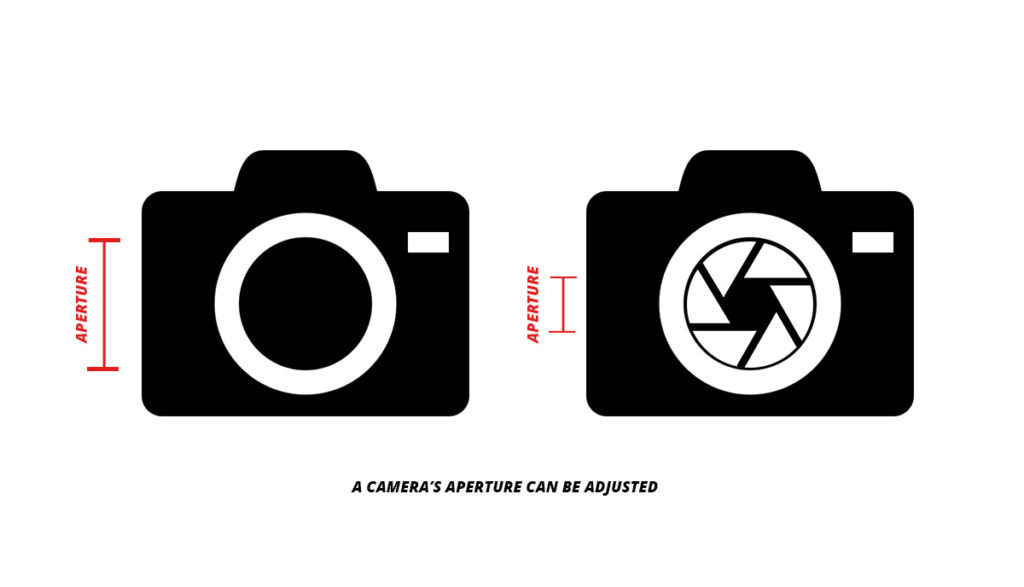
Aperture is the main reason why professional cameras will always beat your smartphone built-in camera, no matter what Apple and Samsung try to tell you in their marketing materials. It’s simply a matter of physics. The bigger the aperture in the lens, the more information can be captured by the camera. It doesn’t matter how good the photo processing software is, there’s only so much light that can go into the tiny lens in the corner of your phone’s body.
Differences between aperture in telescopes and other optic devices

There are some differences between the aperture in other devices and a telescope. If you take a look at the “aperture” feature in a camera, you will sometimes see it expressed as an f followed by a division sign and a number. Common examples would be f/1.4, f6.0, f/8.0, etc. This is because what they are referring to is really not the aperture, but the focal ratio, which is the ratio of the aperture to the length of the lens.
In case you are curious, the f-number in human eyes can go from f/8 on a bright day to f/2.1 in the dark.
Changing the aperture in a camera is useful as it allows you to control the brightness of a photo by allowing more or less light in and letting you control the depth of field. Cameras have settings the will allow you to control it simply by covering part of the lens. When it comes to a telescope, however, there is little for changing the aperture. The objects that you are trying to capture are so far away that you just want to let in as much light as possible. Also, you the light conditions will almost always be the same as you will be using it at night 99.9% of the time so there’s no need to take brightness into account. For this reason, telescopes don’t have a way to change the aperture.
The aperture of a telescope then will simply be listed as the diameter of the main lens in millimeters, inches, or both. For example 70mm, 7.8″ or 400 millimeters (15.7 Inches)
Why aperture matters in a telescope
The reason why aperture is the most important feature you should take into account when shopping for a telescope is very simple. The bigger the lens, the more light your telescope will be able to receive. This will translate into a sharper, clearer image and will allow you to look at more details in distant objects. Some of the most obvious benefits for amateur astronomers that want to take a look at the solar system are:
- Saturn’s rings – A greater aperture will be the difference between seeing the planet with a couple spikes around it and being able to clearly distinguish the planet from the rings.
- Moons – Some of the moons in the outer planets are really small and might not be visible by all telescopes under similar conditions.
- Colors – The outer planets of the Solar System have some beautiful colors. The aperture can be the difference between seeing a greyish smudge and the deep blue of Neptune or being able to see all the different orange, red and brown stripes of Jupiter.
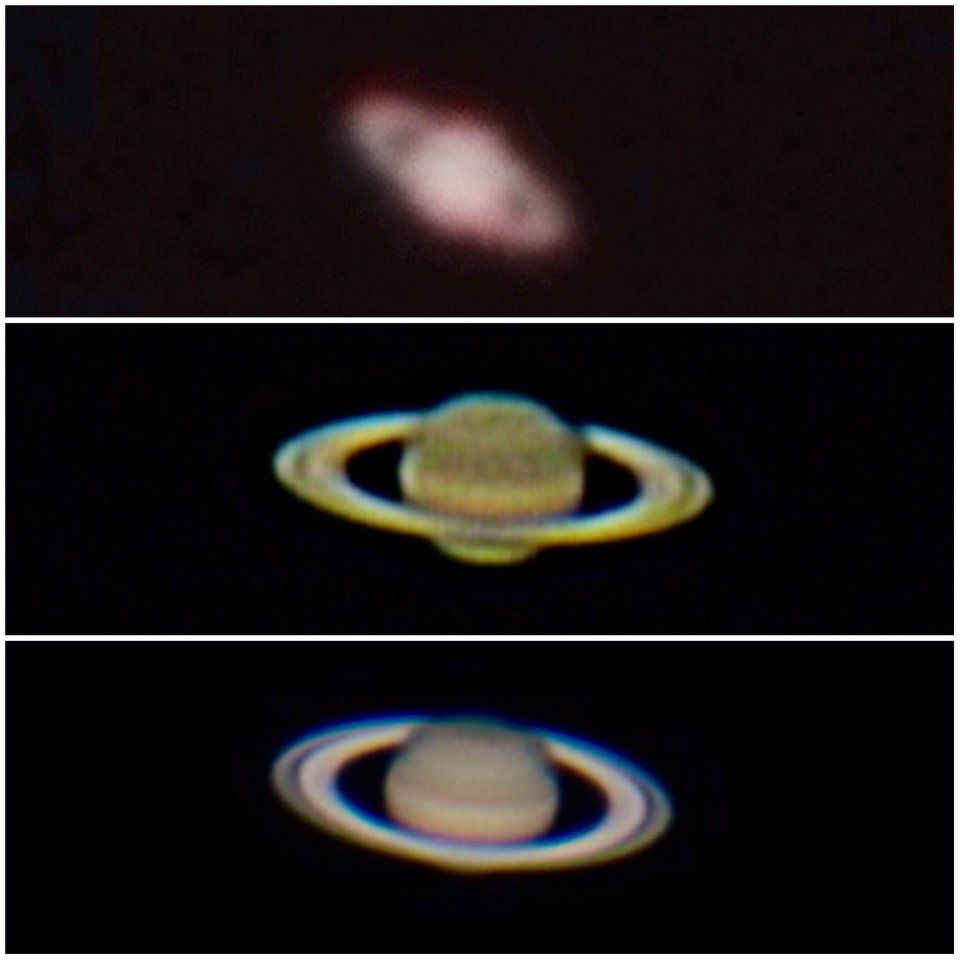
The other characteristic directly affected by a telescope’s aperture is the maximum magnification. The magnification is simply the numbers of times an eyepiece can magnify the object you are observing. We will not get into the detail of magnification for this article, but all you need to know is it makes things bigger.
While it is possible to use eyepieces that would offer you a magnification of 100x, 200x or even more with a small telescope, there’s a natural limit as to how much detail you would really get from it and that limit is dictated by the aperture.
A common rule of thumb is the maximum useful magnification of a telescope is about 50x the aperture. After that, you might either get blurry images, or you will simply not get any more detail and the image will look the same. As you progress through your stargazing journey you might find out this rule can be broken and there are other things to factor in like atmospheric conditions, but for now, let’s leave it at that.
This might not be a big deal when it comes at looking at distant planets, but magnification really matters when looking at closer objects, especially the Moon. A big aperture with enough magnification will allow you to see some incredible details in the Moon’s geography. No promises about seeing the American flag that was planted by Neil Armstrong or the rover that was left there in the Apollo 11 mission because they might be too small to recognize.
The relation between aperture and a telescope’s price
Making a telescope lens is expensive. They are made of optical glass, a special type of precisely built glass that contains silicon dioxide, which must not contain more than 0.1% of impurities. The bigger the lens, the harder they are to make as the process to manufacture them gets more complex. Because the lens is the most important part of the telescope and we have already established the importance of the aperture, this creates a relationship where the price of the telescope is tied to the size of the lens. The bigger the lens, the more expensive the telescope. This holds true at least for the telescope in the same range of quality and other features.
If you remember your math classes, the area of a circle is defined by the formula A = πr2. This makes the area of the circle to increase quadratically when you increase the radius of the circle, meaning that it grows very quickly.
The reason why we are remembering this is because the total area of the lens grows the same way. A difference in aperture of only 200 millimeters (7.8 inches) can represent a difference in price of thousands of dollars.
Common aperture sizes in telescopes
Amateur and beginner telescopes have an aperture of 50mm to 120mm, although we usually recommend an aperture of at least 70mm to get started. More serious intermediate and advanced hobbyist telescopes range from 120mm to 355mm. Anything more than that is mostly reserved for professional astronomers as the cost starts becoming prohibitive.
The telescope with the biggest aperture in the world
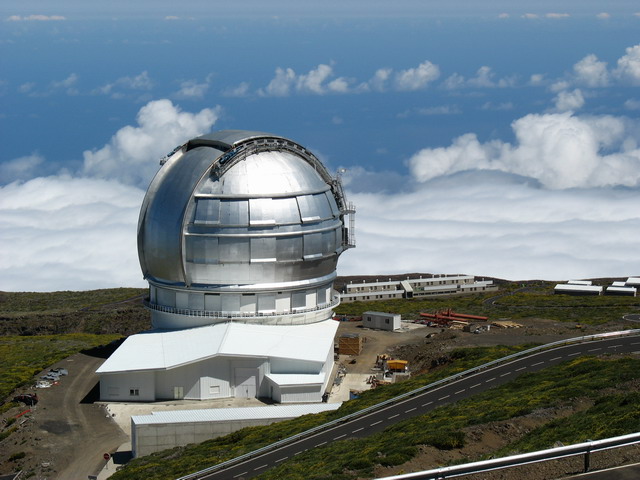
At this point, we know you are wondering what is the telescope with the largest aperture in the world so we are going to save you the Google search. The largest telescope by aperture in the world in the Gran Telecopio Canarias (GTC) located in Roque de Los Muchachos, in the Canary Islands, Spain and is a joint venture between universities from Spain, Mexico, and the U.S. This monster telescope took seven years to build, had a cost of $147 million dollars and has an effective aperture of 10.4 meters (409 in).
What aperture should I choose for my telescope?
That’s a difficult question to answer as it is going to depend on each person’s needs. Here are a few things to consider, hopefully, these will help you make an informed decision.
If you are looking for an entry level telescope for a kid or yourself, a good entry-level aperture is in the 70mm-100mm range. Those telescopes tend to be light and easy to use. There are smaller ones with 50mm lenses, but if you enjoy stargazing you will outgrow them too quickly and the price difference is insignificant.
One important factor to consider is how often do you plan to take your telescope camping or move it to your backyard. The telescopes with bigger lenses (250mm and up) are heavy and built to be almost stationary so while they look great, they are too impractical to take on your next trip.
If you are an intermediate stargazer, you might already have an idea of what type of improvements and features you are looking for in your next telescope. The question then is how big of an upgrade you are looking for.
Finally, you have to take your budget into account. As mentioned earlier, there’s a relation between aperture and cost, so your budget might define the aperture range you could possibly get.
Conclusion
A telescope’s aperture is without a doubt the most important feature you should consider when shopping for one. Hopefully this article has helped you understand it so you can make a better decision. Let us know in the comments if you have any questions.

